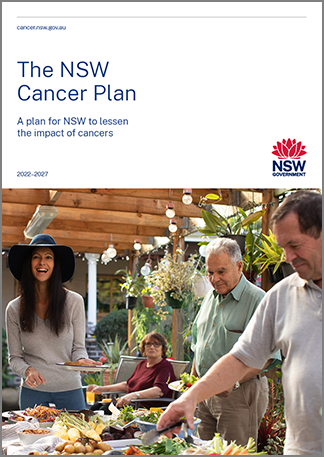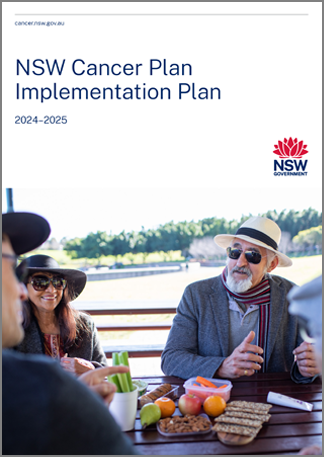Vision: To end cancers as we know them
The NSW Cancer Plan provides a whole-of-sector perspective on cancer control and describes how our key stakeholders across the state, including NSW Health, will work together to deliver better outcomes.
This plan was designed with stakeholders who provided their thoughts, comments and expertise.
This plan was brought to you by more than 800 people who contributed their experiences and expertise to set the direction of cancer control over the next five years.
Download the Plans
Implementation, monitoring and measuring progress
The Institute will continue to monitor and evaluate progress against the goals and target outcomes of the NSW Cancer Plan including through the NSW Cancer Plan Implementation Plan, the NSW Cancer Plan Performance Index, and evaluations.
Learn more about this process
Cancers in NSW
While NSW is recognised as a global leader in cancer care, with one of the highest one- and five-year survival rates for most cancers in the world, cancer continues to have a significant impact on the people of NSW.
Cancer contributes the largest burden of disease in Australia. In NSW, there remains variation in access to a range of cancer services and in cancer outcomes.
While cancer survival for Aboriginal people continues to improve, there is still a disproportionate gap in cancer outcomes. Closing the gap in cancer outcomes for Aboriginal communities is a key priority of the NSW Cancer Plan.
Other groups of people are disproportionately affected by cancer, including:
- multicultural communities
- people from lower socioeconomic backgrounds
- regional, rural and remote communities
- older people
- sexuality and gender diverse people (lesbian, gay, bisexual, transgender and queer people, known as LGBTQ+ communities)
- people with innate variations of sex characteristics (intersex people)
- people with a mental health condition
- people who are engaged with the justice system.
* Note that the NSW Cancer Plan uses the term ‘Aboriginal’ rather than ‘Aboriginal and Torres Strait Islander’, recognising Aboriginal people are the original inhabitants of NSW.
Although NSW remains a global leader in cancer outcomes, cancer remains a leading cause of illness and premature death.
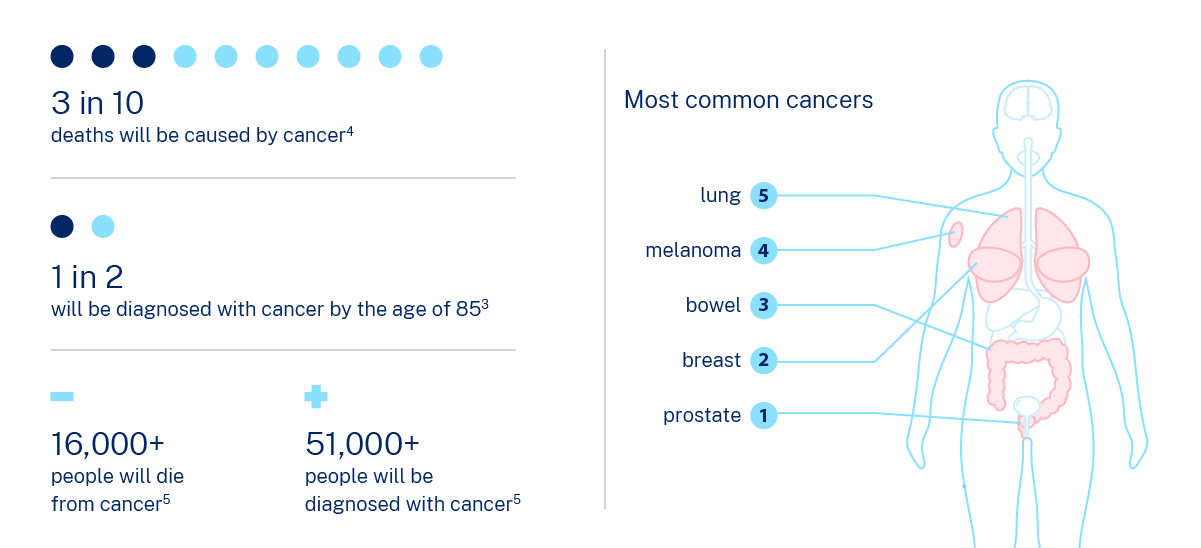
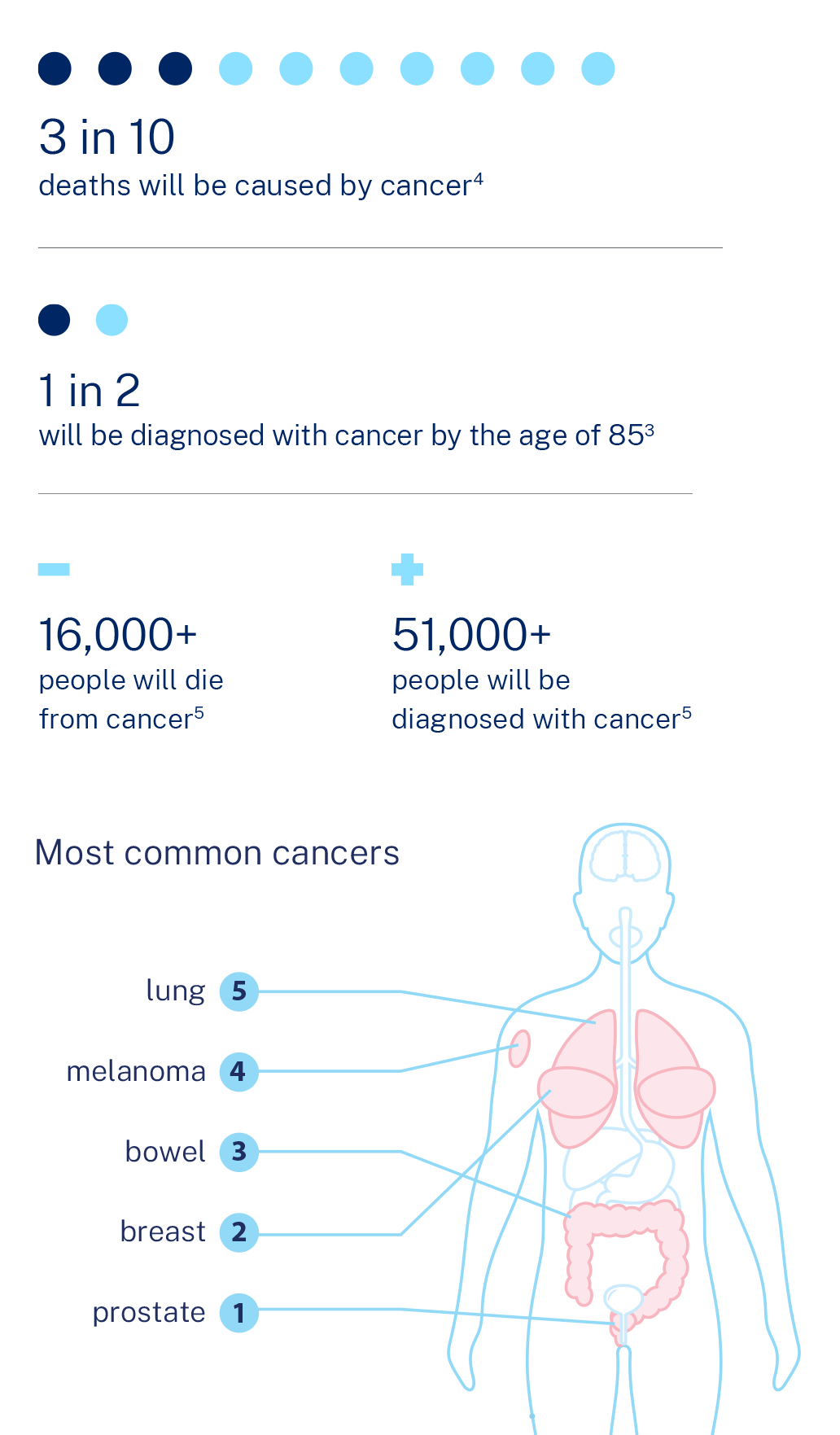
*The figures on this page are projections for 2022. Projections of incidence and mortality are not precise predictions of the future. Models are based on projected populations and the assumption that historical trends will continue into the future. The accuracy of projections becomes less certain over time.
Cancer in Aboriginal people in NSW
The NSW Cancer Plan recognises Aboriginal communities as a priority for cancer control in our state.
The NSW Cancer Plan recognises Aboriginal peoples as the first peoples of Australia and the traditional custodians of the lands in NSW. This plan recognises Aboriginal communities as a priority.
Aboriginal people are more likely to be diagnosed with cancer, are likely to be younger when they are diagnosed and are more likely to die of cancer than non-Aboriginal people.
Learn more about cancer in Aboriginal people and how we are working together to lessen the impact of cancer on Aboriginal people in NSW.
Learn more
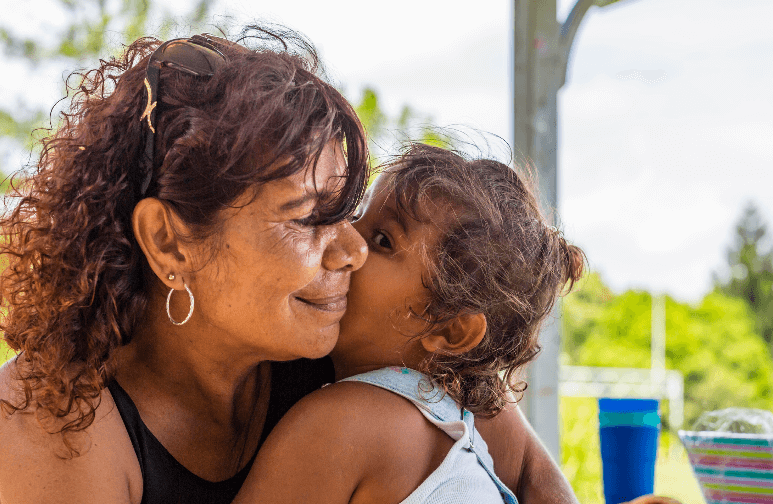
Goals
These goals set clear outcomes that will help us to achieve the vision.
Reduce inequity in cancer outcomes
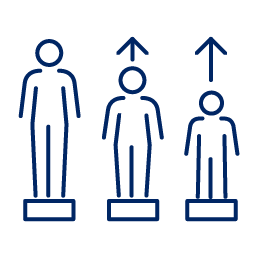
Reduce the incidence of cancer

Increase cancer survival
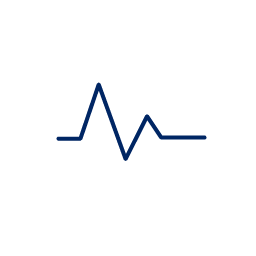
Enhance quality of life and experience for people at risk of and affected by cancer

Overriding principles
Three overriding principles guide the direction of the NSW Cancer Plan.
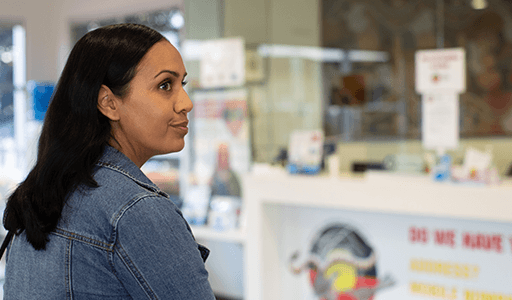
Equity of outcomes
Improve cancer outcomes in communities that continue to have poorer outcomes to help everyone achieve their best health. Focus on achieving equitable cancer outcomes for Aboriginal communities.
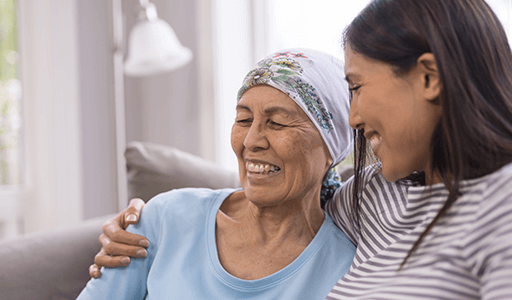
Person-centredness
Focus on the experiences of people with cancer and those accessing screening and prevention services, to ensure they achieve outcomes that are meaningful to them.

Collaboration
Work together at the system service and care team levels with clear roles, accountabilities and governance, to achieve the best cancer outcomes.
Priorities of the NSW Cancer Plan
Priority 1
Prevention of cancers

Priority 2
Screening and early detection of cancers
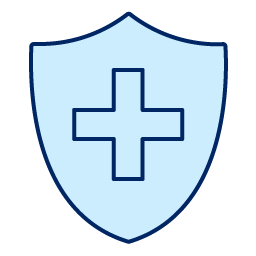
Priority 3
Optimal cancer treatment, care and support

Priority 4
Cancer research

Learn more about the priorities of the NSW Cancer Plan
Strategic actions
System enablers
Staff are engaged and well supported
- Leadership and culture
- Workforce

Innovation and digital advances inform service delivery
- Data and information
- Technology and innovation

The system is managed sustainably
- Governance
- Monitoring, evaluation and reporting

Learn more about the system enablers
Target outcomes
The target outcomes provide measures of success for achievement of the goals.
Achieve equitable cancer outcomes for all NSW residents.

Reduce the risk of preventable cancers for people in NSW.

Increase one-and five-year survival of NSW residents with cancer.
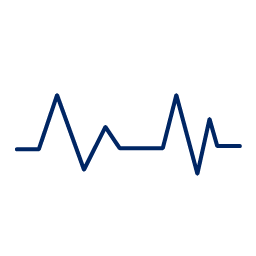
Increase the collection and use of people’s reported experience and outcomes to improve care and services.

"This plan takes an equity-led approach to cancer control. It seeks to ensure each and every person affected by cancer is seen at the right time, in the right place, for the right care."
